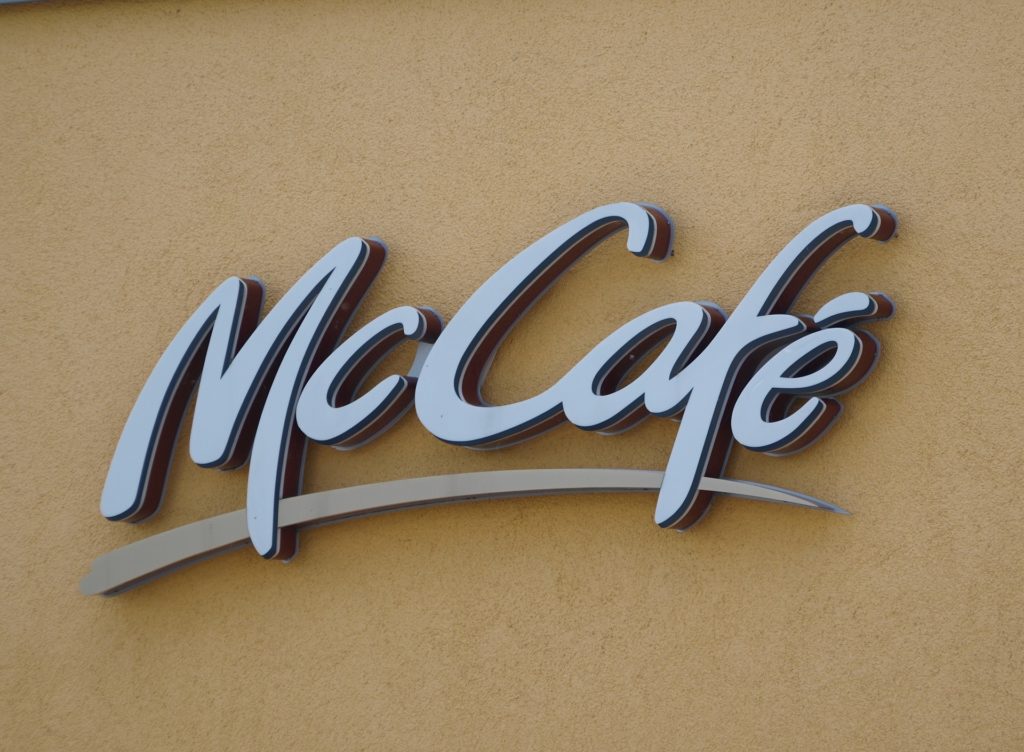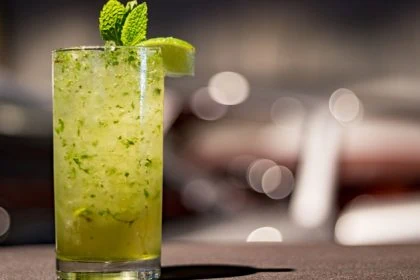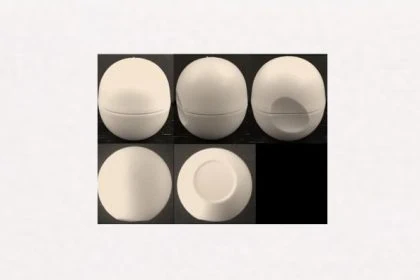McDonald’s won a trademark dispute with a Singapore rival “MacCoffee” as Europe’s second highest court backed its claim to have exclusive rights to the use of ‘Mc’ or ‘Mac’ in trademark names for foodstuffs and beverages.
The case underscores the battle between brand names and so-called “free-riders” who might benefit from the marketing spent on brands without bearing the same costs.
The ruling by the Luxembourg-based General Court came after Singapore firm Future Enterprises challenged the European Union Intellectual Property Office’s (EUIPO) rejection of its application to register ‘MACCOFFEE’ as an EU trade mark for foodstuffs and beverages.
Exclusive “Mac/Mc”-rights for McDonald’s

The U.S. fastfood chain said the Singapore company’s claim should be blocked as the patent office had previously granted it exclusivity to the McDONALD’s name and 12 other trademarks which included the elements ‘Mc’ or ‘Mac’ as prefixes. The General Court backed the patent office’s decision, arguing that:
-
- because of the combination of the element ‘mac’ with the name of a drink in the MACCOFFEE trade mark, in particular, the relevant public can associate that trade mark with the McDonald’s ‘Mc’ family of trade marks and mentally establish a link between the trade marks at issue.
-
- despite the difference of the goods and services covered by the trade marks at issue (namely the foodstuffs and beverages for MACCOFFEE and the fast food restaurant services for McDonald’s), there is nevertheless a certain similarity owing to the close links existing between them: foodstuffs may be used and offered in the context of the fast food restaurant services; foodstuffs, such as ice cream, muffins, filled sandwiches and toasted sandwiches correspond to the goods offered on the menu of fast food restaurants the foodstuffs and restaurant services at issue are directed at the same consumers.
-
- the use of MACCOFFEE without due cause takes unfair advantage of the repute of McDonald’s trade marks.
-
- upon seeing the MACCOFFEE trade mark affixed to goods closely linked to those of McDonald’s, the relevant public could mentally establish a link between the trade marks at issue and could transfer the image of the McDonald’s trade marks to the goods covered by MACCOFFEE.
-
- the protection provided by Article 8(5) of Regulation No 207/2009 is not conditional on there being a degree of similarity between the marks at issue, such that there exists, on the part of the relevant public, a likelihood of confusion between them. It is sufficient for the degree of similarity between those marks to have the effect that the relevant public establishes a link between them.
-
- “… the marks McMUFFIN, McRIB, McFLURRY, CHICKEN McNUGGETS, McCHICKEN and EGG McMUFFIN, derived from the McDONALD’S trade mark, fulfil all the conditions to form a ‘family’ of trade marks, …, in so far as they are sufficient in number and reproduce in full the same distinctive element, namely the element ‘mc’, with the addition of a word element that differentiates them from each other and that they are characterised by the repetition of the same prefix, ‘mc’, taken from the McDONALD’S trade mark.… the McDONALD’S trade mark, with a reputation for fast-food restaurant services, is the original trade mark of the family, to which all the derived marks are connected by a common feature, namely the prefix ‘mc’, and from which they are all separated by the same type of final element, which refers to one of the foodstuffs on the menu of the intervener’s fast-food restaurants”.
Sources: Official court decision / Press-Release General Court of European Union / McDonald’s Virtual Press Office / European Commision Audiovisual Service







Leave a Reply